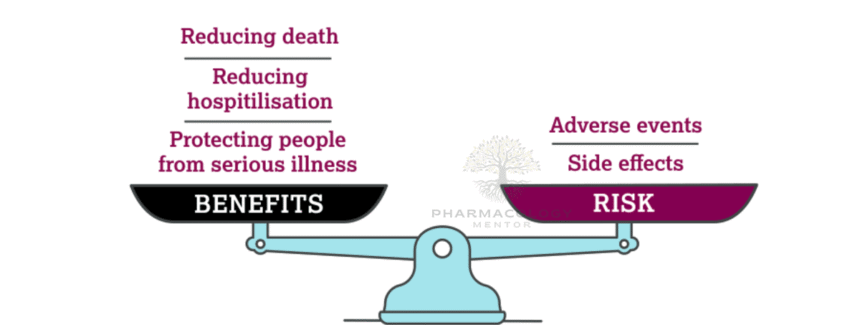Drug Potency and Efficacy
Understanding "drug potency" and "drug efficacy" is crucial in pharmacology, as they describe a drug's performance and are often used to compare different drugs. These terms are closely related to…
Drug Selectivity, Safety, and Risk-Benefit Ratio
The pharmacological landscape is complex, and drugs often produce a range of effects, both therapeutic and adverse. Understanding these nuances is crucial for clinicians to make informed decisions. This article…
Drug Specificity: A Key Factor in Pharmacological Actions
Drug specificity is an important concept in pharmacology that refers to the range of actions a drug can produce. Understanding drug specificity is crucial for healthcare professionals, researchers, and patients…
Miscellaneous Antiarrhythmic Agents: Adenosine and others
Adenosine Adenosine is antiarrhythmic agent that is widely used for the investigation and management of both narrow complex and, less often, broad complex tachycardias. It produces a transient block in the…
Class 4 Antiarrhythmic Drugs: Verapamil and Diltiazem
Verapamil and diltiazem are non‑dihydropyridine calcium channel blockers classified as Class IV antiarrhythmics, primarily used to slow atrioventricular (AV) nodal conduction and control ventricular rate in supraventricular tachyarrhythmias such as atrial…
Antiarrhythmic drugs: Class III – Amiodarone and others
Class III antiarrhythmics predominantly prolong cardiac repolarization via potassium channel blockade, with amiodarone as the prototypical agent and additional options including dofetilide, sotalol, ibutilide, and dronedarone chosen based on structural heart disease,…
Antiarrhythmic drugs: Beta-adrenoceptor-blocking drugs (Class 2)
Introduction Among the diverse categories of drugs used to manage cardiac arrhythmias, beta-adrenoceptor-blocking drugs (beta blockers)—classified as Class 2 antiarrhythmics under the Vaughan Williams scheme—play a pivotal role in controlling aberrant…
Antiarrhythmic drugs: Propafenone (Class 1C)
Propafenone is a Class 1C antiarrhythmic that produces potent, use‑dependent blockade of fast cardiac Na+ channels with slow unbinding kinetics, resulting in marked conduction slowing and QRS widening, and it…
Antiarrhythmic drugs: Flecainide (Class 1C)
Flecainide is a Class 1C antiarrhythmic agent widely used for rhythm control in atrial and ventricular arrhythmias, particularly in patients without significant structural heart disease. The following summarizes its pharmacology, clinical…
Antiarrhythmic drugs: Mexiletine (Class 1B)
Mexiletine is an oral Class IB antiarrhythmic and sodium channel blocker structurally related to lidocaine, used primarily for ventricular arrhythmias and selected channelopathies such as LQT3 where late sodium current…













